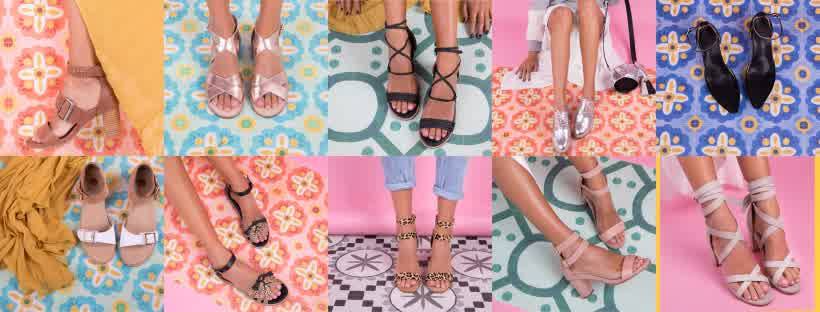Heel pain, corns and calluses, constant tripping or ankle twisting? Read on. We’ve rounded up seven of the most common signs you need orthotics, also known as foot balance insoles, which can address common foot concerns and bring you relief.
1. You have foot pain or swelling
If you’re experiencing foot pain or swelling during or after simple everyday activities (standing, walking around), it’s time to see a podiatrist. You don’t need to live with unnecessary foot pain, and orthotics for feet might solve the problem.
And if orthotics aren’t required? Your podiatrist will investigate the cause of your discomfort, and provide advice on correct footwear and appropriate exercises to help get you back on track.
2. You have sharp heel pain
Sharp heel pain, especially when experienced first thing in the morning, can be a sign of plantar fasciitis. (As well as a sign you might need custom orthotics.), which raises the question can orthotics cause plantar fasciitis? The answer is no, rather, they can help alleviate it. This common foot complaint occurs due to inflammation of the plantar fascia – the thick band of tissue running from your heel bone all the way to your toes.
Supporting the foot’s arch, the plantar fascia acts as a shock absorber. It is more susceptible to inflammation if you’re overweight, have tight Achilles, high arches or flat feet, or spend a lot of time standing or wearing high heels.
Custom-made
orthotics can help alleviate symptoms by providing additional arch support or
heel cushioning.
3. You have a flat foot or high arch
Orthotics for flat feet can be particularly beneficial. If you have flat feet – with little or no arch – you may experience foot pain or overpronation (inward rolling of the foot). Orthotics can help to relieve pressure on the arch, reduce knee pain and reduce rolling. Similarly, orthotics may be prescribed in the case of high arches, which can lead to toe issues, corns, calluses, foot pain and ankle instability.
4. You’re having problems with balance or are falling over
Collapsed arches
can occur in older adults, leading to flat feet-related balance problems. Orthotics
may be helpful in providing stability and reducing discomfort and falls.
5. Your shoes are wearing unevenly
Another of the clearest signs you might need orthotics
can be revealed by a quick glance at your footwear. A sole that is more worn on
the inside is a sign of pronation (inward rolling); while supination (outward
rolling) will cause wear to the outer side of your shoe. Or maybe one shoe is
more worn than the other, which is a sign of different leg lengths.
All of these issues should be addressed – possibly
with corrective footwear or inserts – to prevent joint pain and dysfunction.
6. You’ve had a lower limb injury
Recent injuries to your lower limbs may affect the way you walk. It is
important to make sure your feet are properly supported and you are well
aligned and moving efficiently. Orthotics can help with this, and reduce the
likelihood of further pain or injury.
7. You have diabetic foot complications
As they help to
evenly distribute pressure, orthotics will often be prescribed in the
management of diabetic foot complications.
Orthotics can be very beneficial in correcting your gait, providing arch support and evenly distributing pressure across the foot. In this way they can help prevent and alleviate pain and swelling, corns and calluses, correct your posture, and even help manage back pain and headaches.
Now you know the most common signs you need orthotics, it’s time to take charge of your foot health. Improve your symptoms from the ground up by booking an appointment with our Melbourne CBD podiatrist today.
Have other foot concerns? Check out our blog post on the signs you should see a podiatrist.
Image Source
Louise Anderson is a skilled UK-trained podiatrist with a thriving Melbourne CBD clinic and 30-plus years of experience in foot and ankle health management. With expertise in orthotic casting, diabetic care, corn removal and papilloma and ingrown nail treatment, she has a caring and comprehensive approach. Previously working with at-risk patients at Hammersmith Hospital (UK) and General Hospital in Footscray, Louise works alongside our physiotherapists for comprehensive musculoskeletal assessments.


 Image Source: trotons.com
Image Source: trotons.com